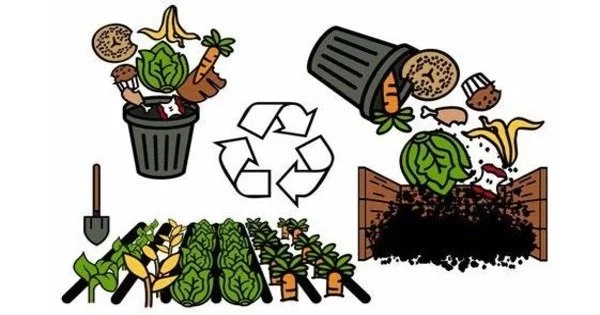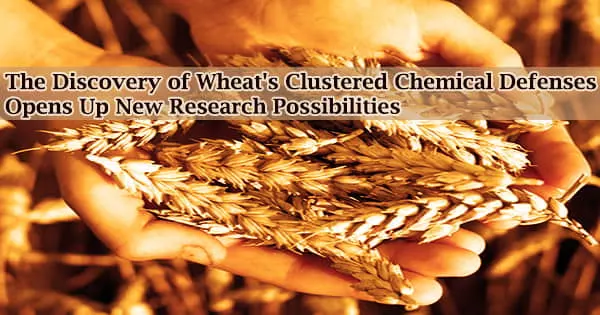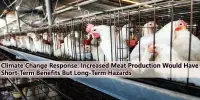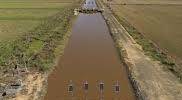Plant residues from agriculture are classified as agricultural waste. These waste streams are produced by arable land and horticulture. It refers to the residue, byproducts, and materials produced by agricultural activities such as crop cultivation, harvesting, processing, and distribution. Agricultural waste includes all crop parts that are not suitable for human or animal consumption. Crop residues primarily consist of stems, branches (from pruning), and leaves. It is estimated that agricultural waste accounts for 80% of the plant of such crops.
Sugarcane, maize, cereals, and rice are the four most widely grown agricultural crops worldwide. The total weight of all these crops per year exceeds 16,500 billion kilograms. Because agricultural waste accounts for 80% of this, tens of thousands of billions of kilograms of agricultural waste remain in the world. The EU generates 700 million tonnes of agricultural waste each year. This waste can have a variety of environmental, economic, and social consequences.
The types of agricultural waste can vary widely and include:
- Crop Residues: These are the parts of plants left after harvesting, such as stalks, stems, leaves, and husks. These residues can accumulate and, if not managed properly, can contribute to soil erosion and nutrient loss.
- Animal Manure: Waste generated from livestock farming, such as cattle, poultry, and swine, includes feces and urine. While manure can be a valuable source of nutrients for soil, improper management can lead to water pollution and foul odors.
- Food Waste: This includes edible parts of crops that are discarded during processing, distribution, and consumption. Food waste contributes to environmental issues and also represents lost economic value.
- Processing Waste: Agricultural processing, such as milling, can generate waste like husks, shells, and other byproducts that might not have immediate use and could become waste if not properly managed.
- Agrochemical Containers and Packaging: Pesticide and fertilizer containers, as well as other packaging materials, contribute to waste that needs proper disposal to prevent environmental contamination.
- Plastic Mulch and Drip Tape: These materials are often used in modern agriculture for weed control and efficient water management. However, their disposal can be problematic due to their non-biodegradable nature.
Landscaping waste, such as clippings, pruning residues, and fallen leaves, can contribute to the agricultural waste stream as a whole. Waste materials from fish and shrimp farming, such as uneaten feed, excreta, and dead organisms, can accumulate in aquatic environments. Proper agricultural waste management is critical for mitigating its negative impacts and potentially turning it into a resource.
Efforts to manage agricultural waste should consider environmental sustainability, economic viability, and social acceptability in order to create a balanced approach that benefits both agricultural productivity and the environment.
















